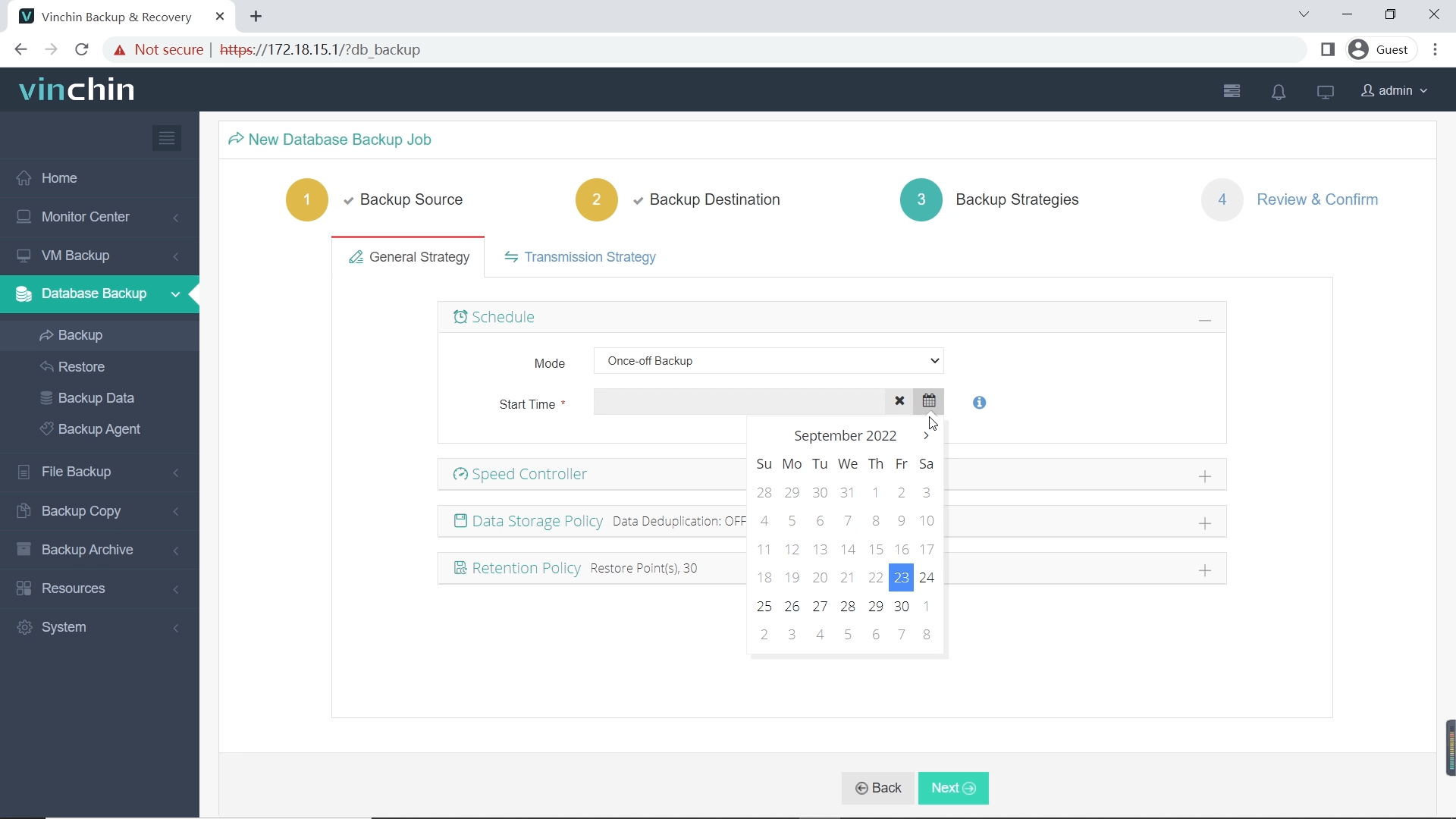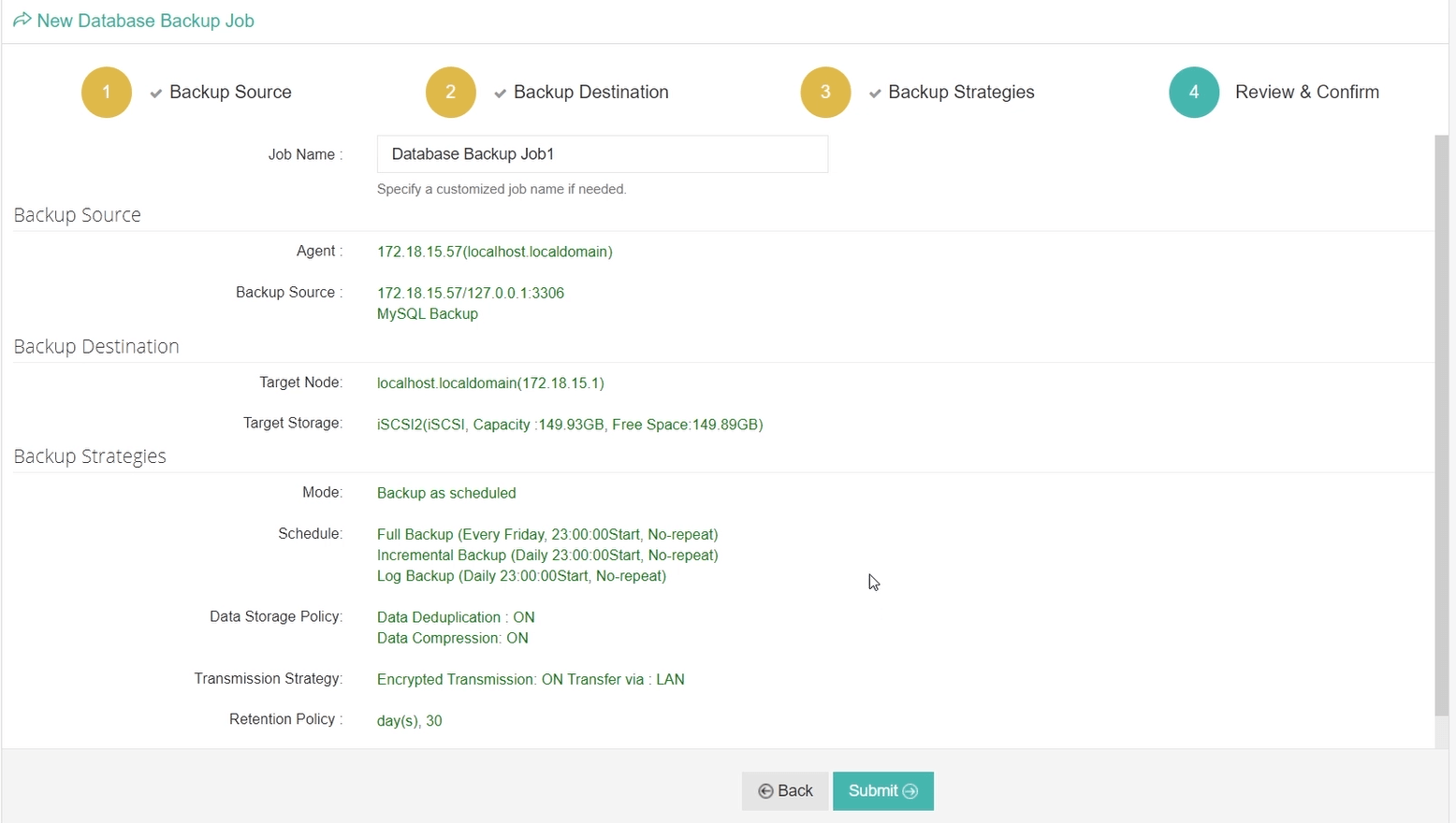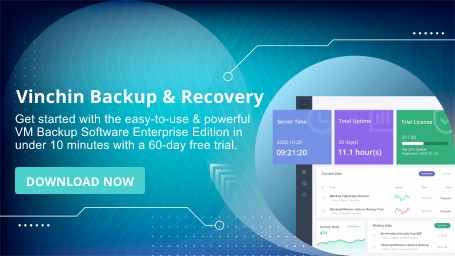-
What is real-time data replication?
-
Why do businesses need real-time data replication?
-
Strategies for implementing real-time data replication
-
Choosing the right real-time data replication strategy
-
Streamlining business continuity with real-time data replication: Vinchin Backup & Recovery
-
Real time data replication FAQs
-
Conclusion
With the accelerated pace of digital transformation, the amount of data and user access frequency are continuously increasing. Ensuring data high availability and fast access has become one of the biggest challenges facing IT infrastructure. Real-time data replication, as the core technology to solve this issue, is becoming increasingly important.
Whether it is for blogs, media content, or large-scale business databases, the demand for data in enterprises is showing a trend of diversification and growth. To address these challenges, businesses need an efficient data management mechanism to ensure synchronization and availability across different nodes. Real-time data replication is the key technology to meet this need.
What is real-time data replication?
Real-time data replication refers to the instant synchronization of data between a source and a target database. This means that when changes occur in the source data, the target database immediately reflects those changes, ensuring that data between different locations and devices remains consistent.
Real-time data replication is not just a data backup process, but rather a "real-time reflection" mechanism, ensuring that critical data is updated and accessible the moment it changes. Through this approach, organizations can ensure their business data is always available, reducing the risk of system failures or data loss.
Why do businesses need real-time data replication?
1. High Availability and Disaster Recovery
Disasters are unforgiving, and system failures or network interruptions can happen at any time. In such cases, real-time data replication provides businesses with disaster recovery assurance. By replicating data in real time across different geographic locations and servers, even if the primary system fails, the backup system can immediately take over, ensuring that operations remain uninterrupted.
Real-time data replication allows businesses to respond not only to natural disasters and hardware failures but also to prevent long downtimes caused by single points of failure.
2. Supports Real-time Analytics
For businesses that need to make quick decisions, real-time analytics becomes crucial. Real-time data replication allows data to be synchronized to specialized analytics platforms, without affecting the normal operation of production systems. After replicating data across multiple databases, the analytics system can retrieve the latest data from the target database for processing and analysis, without impacting the performance of the main business system.
3. Improves System Performance and Load Balancing
In high-load environments, enterprises may face numerous concurrent requests and queries. By replicating data and using load balancing techniques, businesses can distribute traffic loads and alleviate system pressure, thereby improving overall performance and ensuring system stability.
Strategies for implementing real-time data replication
Different enterprises have varying database architecture needs, and choosing the right real-time data replication strategy is crucial. Here are several common implementation methods:
1. Using Built-in Replication Mechanisms
Many enterprise-level databases, such as Oracle, MariaDB, PostgreSQL, and others, offer built-in replication mechanisms. These mechanisms typically rely on log-based technology to capture data changes and achieve real-time replication.
The advantage of this method is that it is easy to configure and use, and typically offers high reliability. The downside is that it requires high compatibility with database versions, and if the source and target databases belong to different vendors, there may be technical compatibility issues.
2. Polling-based Replication
Custom code can be written to implement continuous polling, periodically checking for changes in the source database and synchronizing them to the target database. This method is suitable for databases that do not have built-in replication mechanisms, but its drawback is that it requires frequent access to the database, which may increase the load on the source system.
3. Trigger-driven Replication
Database triggers can be used to trigger actions when data changes, such as sending the data changes to a message queue (e.g., Kafka or RabbitMQ), and then synchronizing the data to the target database. Trigger-based mechanisms have minimal impact on the source database's performance during execution, but may have limitations for complex operations (e.g., bulk data updates).
4. Transaction Log-based Replication
Many databases maintain transaction logs that record all operations (such as inserts, updates, and deletes). By analyzing and reading these logs, data changes can be extracted and synchronized to the target database in real time. Transaction log replication is an ideal choice for efficient, low-latency data synchronization, but for some databases, obtaining and parsing these logs may require additional development work.
5. Cloud-based Replication Mechanisms
Many cloud platforms, such as AWS and Azure, offer built-in real-time data replication features. For example, AWS's Kinesis and Lambda services can help users achieve data flow and real-time data synchronization without complex coding and configuration. The advantage of cloud platforms is that they are easy to scale and manage, but compatibility issues may arise when replicating across different platforms.
Choosing the right real-time data replication strategy
Choosing the right replication strategy requires consideration of the following factors:
Are the source and target databases built on the same technology architecture?
Does the enterprise have development capabilities to implement a custom solution?
Does it support cloud services, or is there a reliance on on-premise hardware?
What is the frequency of data changes and the required synchronization latency?
Each strategy has its pros and cons, and businesses should choose the appropriate approach based on their needs, budget, and technical capabilities.
Streamlining business continuity with real-time data replication: Vinchin Backup & Recovery
Real-time data replication is a key technology for ensuring high data availability, disaster recovery, and real-time analytics. By implementing the right replication strategy, businesses can synchronize data across various locations and systems, ensuring business continuity and minimizing risks.
Given the importance of data consistency, performance, and system stability, organizations need to choose a solution that simplifies and streamlines the replication process. Vinchin Backup & Recovery offers an advanced solution to help businesses ensure the safety, consistency, and availability of their critical data. With Vinchin's comprehensive backup and replication features, you can easily manage real-time data synchronization across various platforms and mitigate the impact of system failures or outages.
Whether you're looking for a cloud-based solution or a hybrid approach, Vinchin simplifies the complexities of real-time data replication. Its intuitive interface, automated backup policies, and high availability support ensure that your business operations run smoothly even during unexpected disruptions.
Vinchin Backup & Recovery's operation is very simple, just a few simple steps.
1.Just select databases on the host

2.Then select backup destination

3.Select strategies

4.Finally submit the job

By leveraging Vinchin Backup & Recovery, businesses can streamline their real-time data replication, improve system performance, and ensure that critical data is always available, regardless of disruptions. Vinchin offers a free 60-day trial for users to experience its powerful features in a real-world environment. For more information or to get started, please contact Vinchin directly.
Real time data replication FAQs
Q1: What are some common methods of real-time data replication?
A1: Common methods include trigger-based replication, log-based replication, snapshot replication, and so on. Different methods are applicable to different scenarios and have their own advantages and disadvantages.
Q2: Does real-time data replication affect performance?
A2: It may. The exact impact depends on the choice of replication scheme, network latency, data volume and other factors. A well-designed replication strategy can minimize the impact on the production environment.
Conclusion
Real-time data replication ensures high availability, disaster recovery, and seamless analytics by synchronizing critical data across various systems. By adopting the right replication strategy, businesses can safeguard operations, enhance performance, and minimize risks, with Vinchin Backup & Recovery streamlining the entire process.
Share on:






